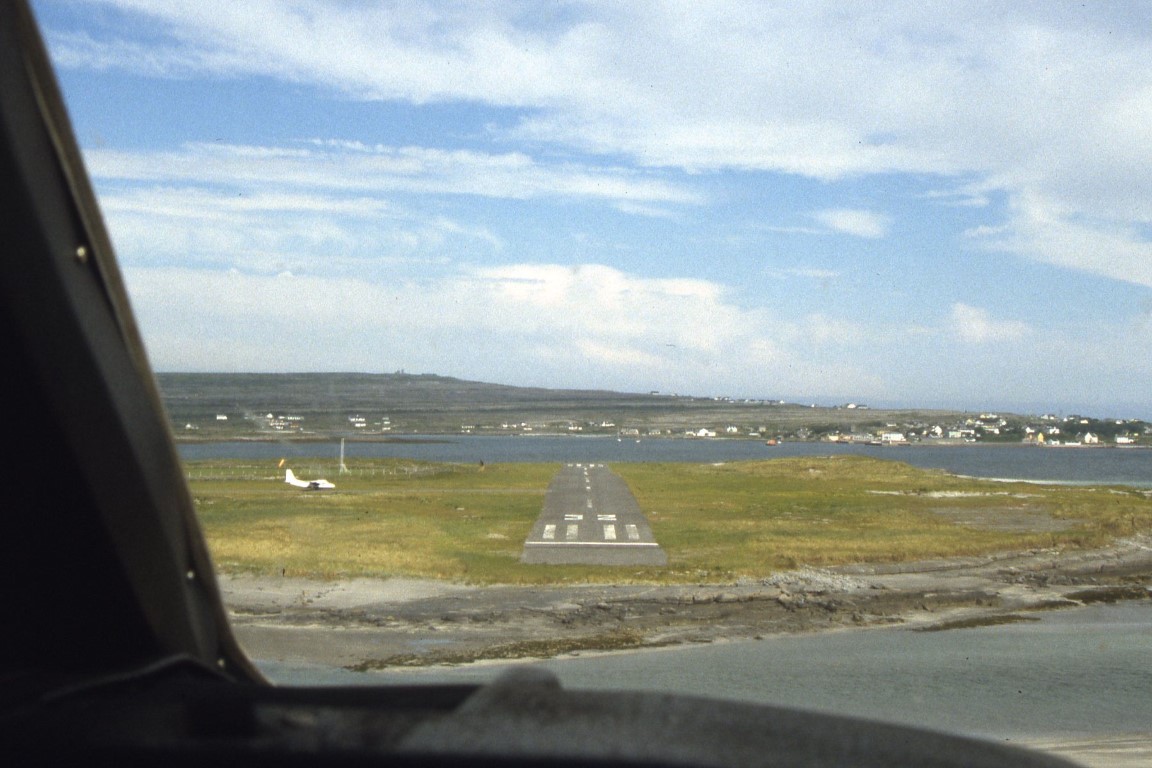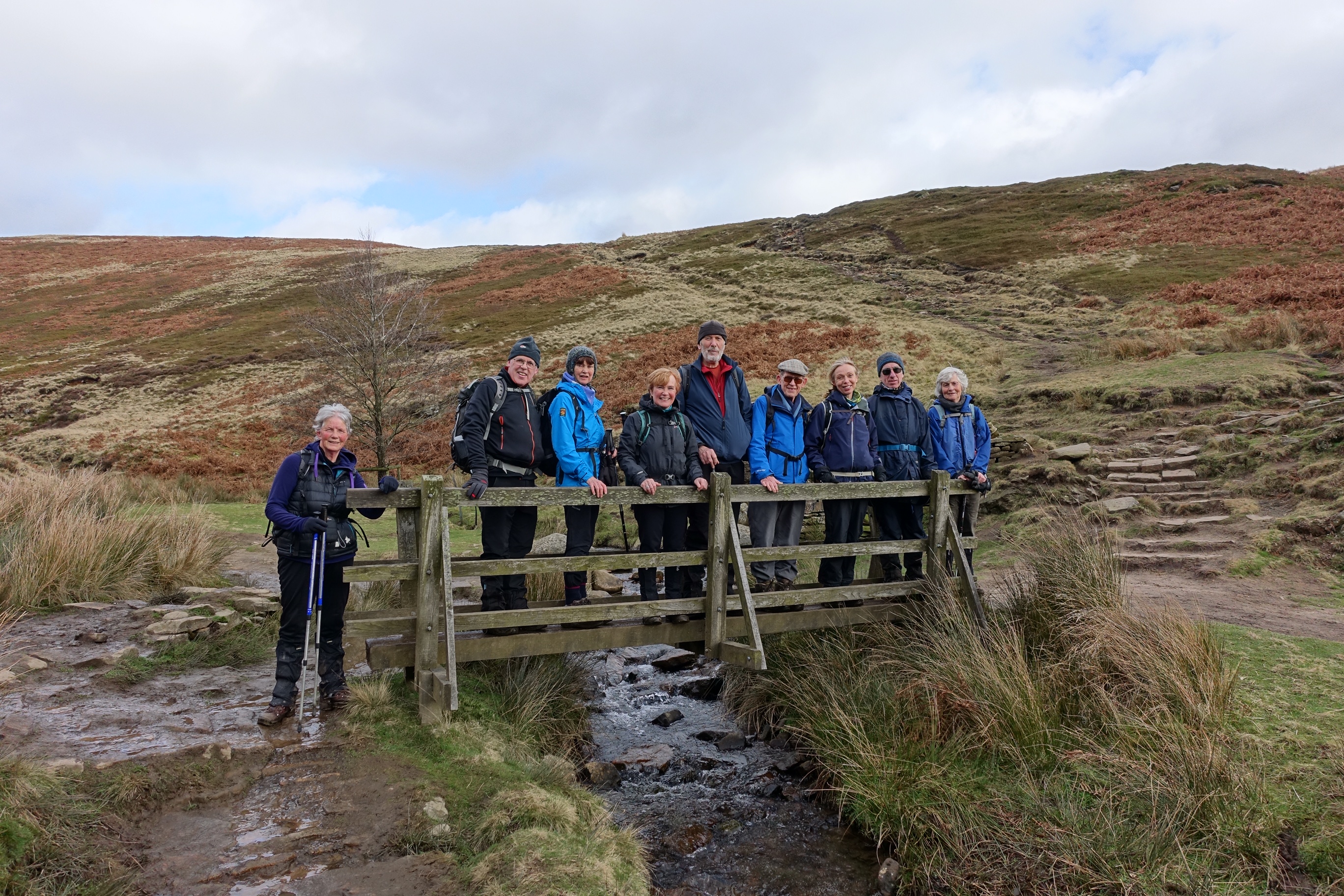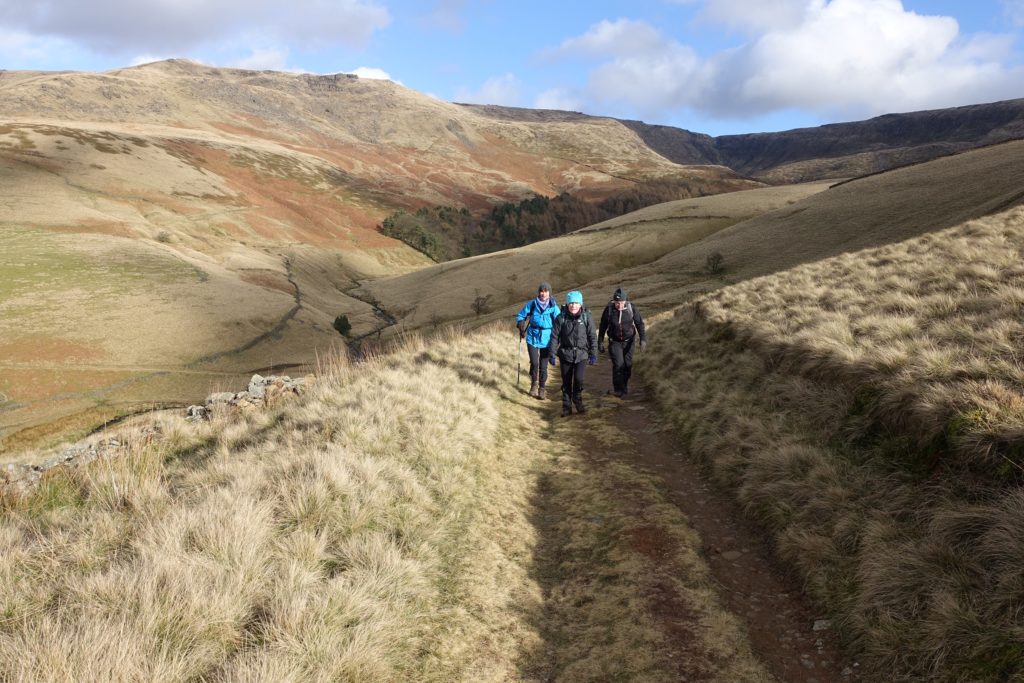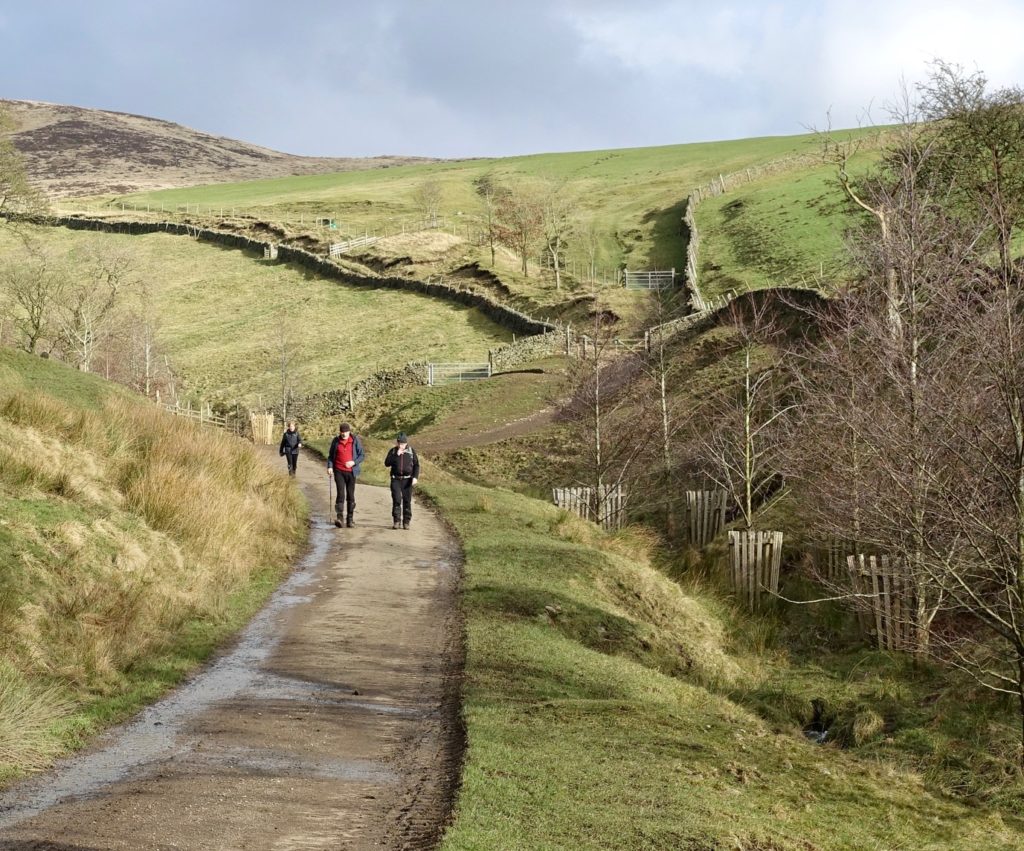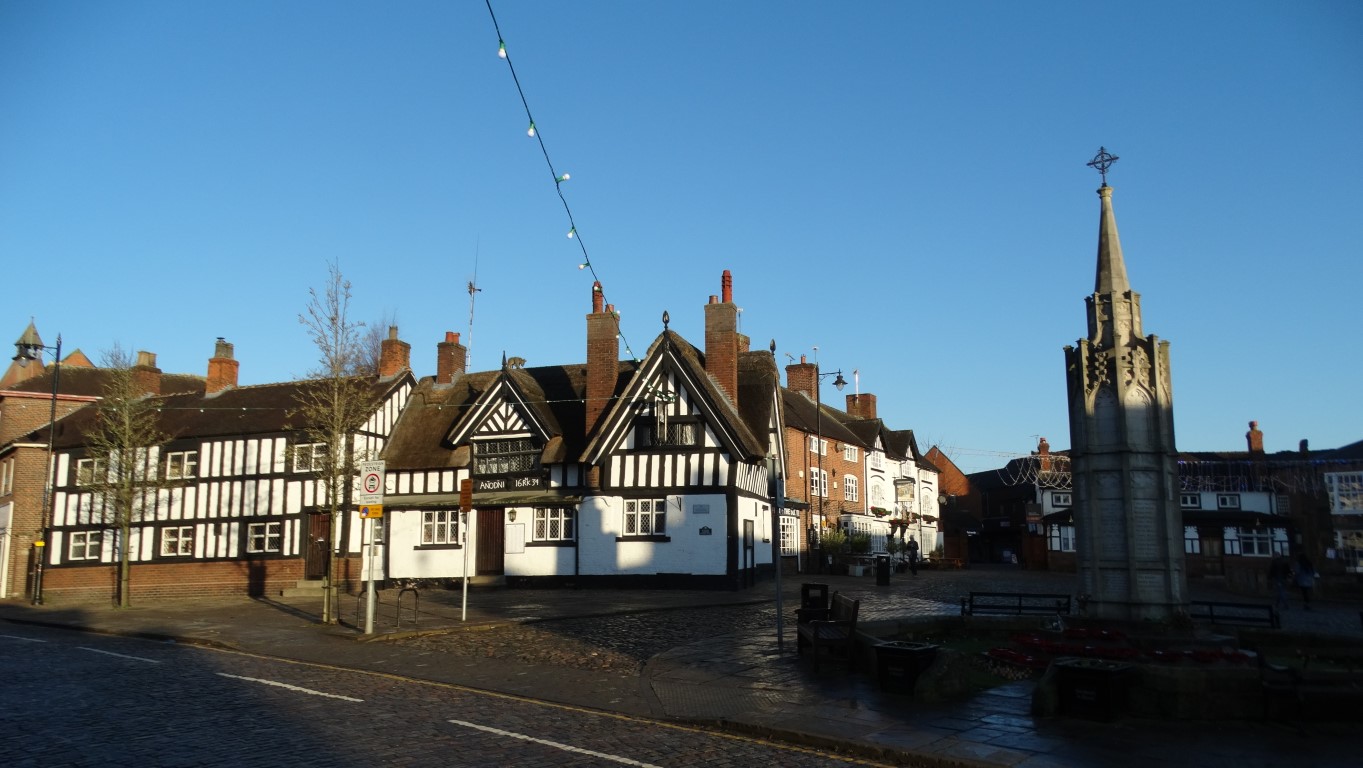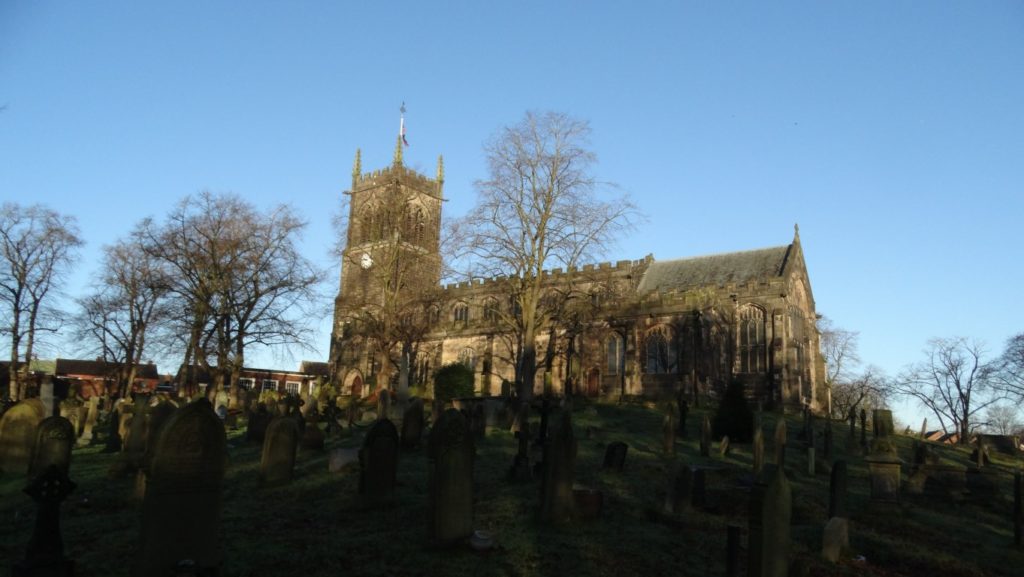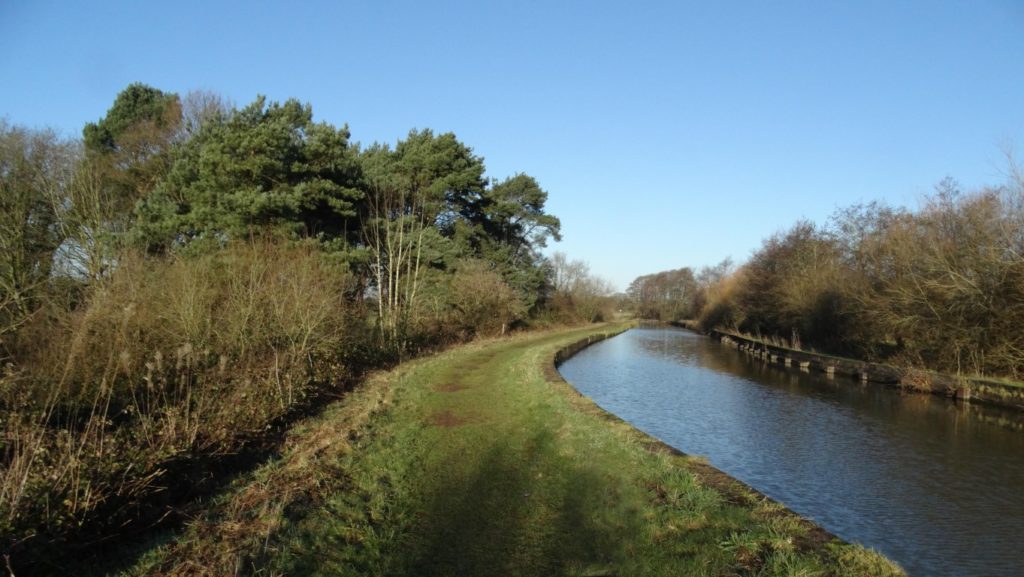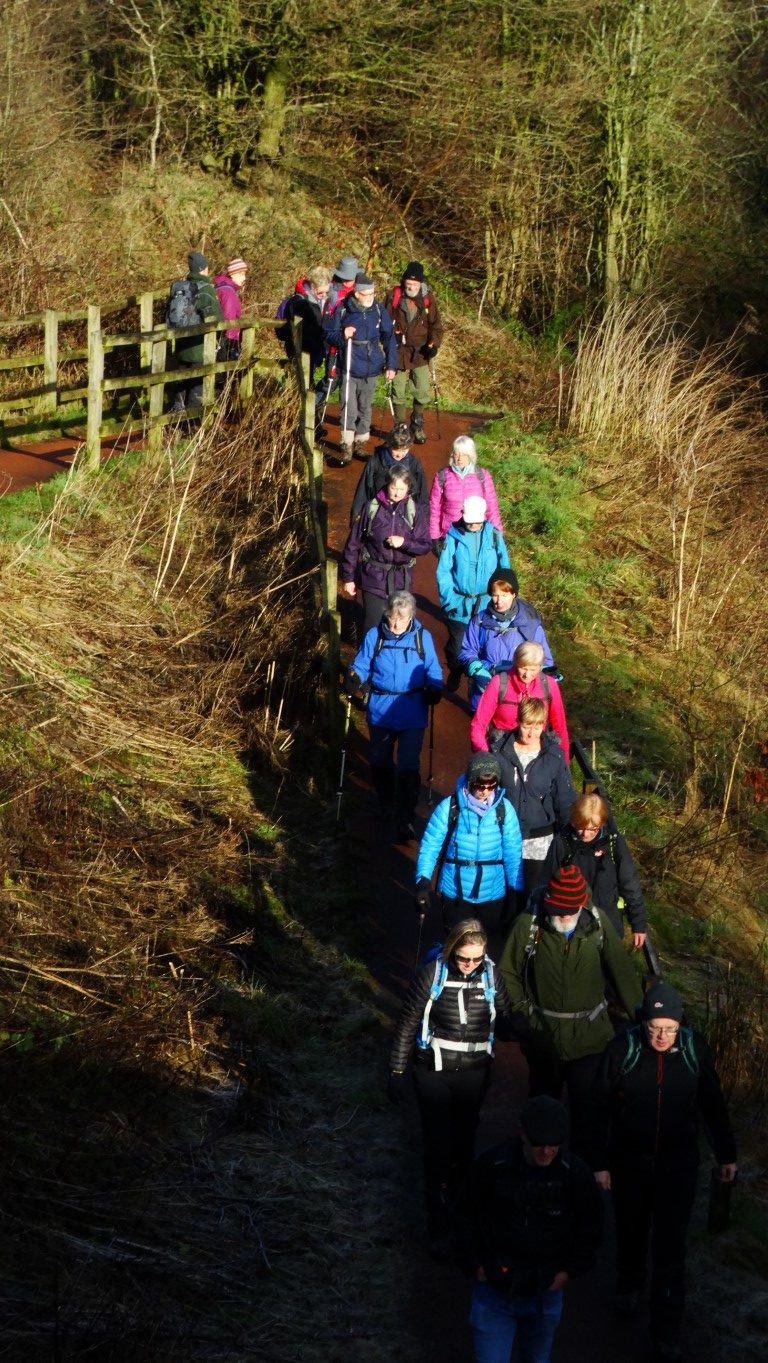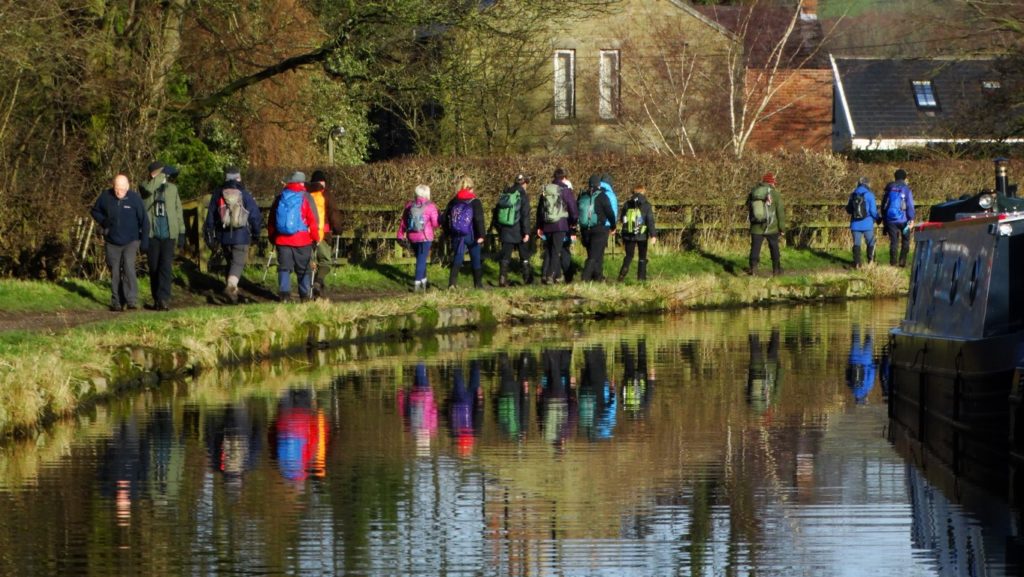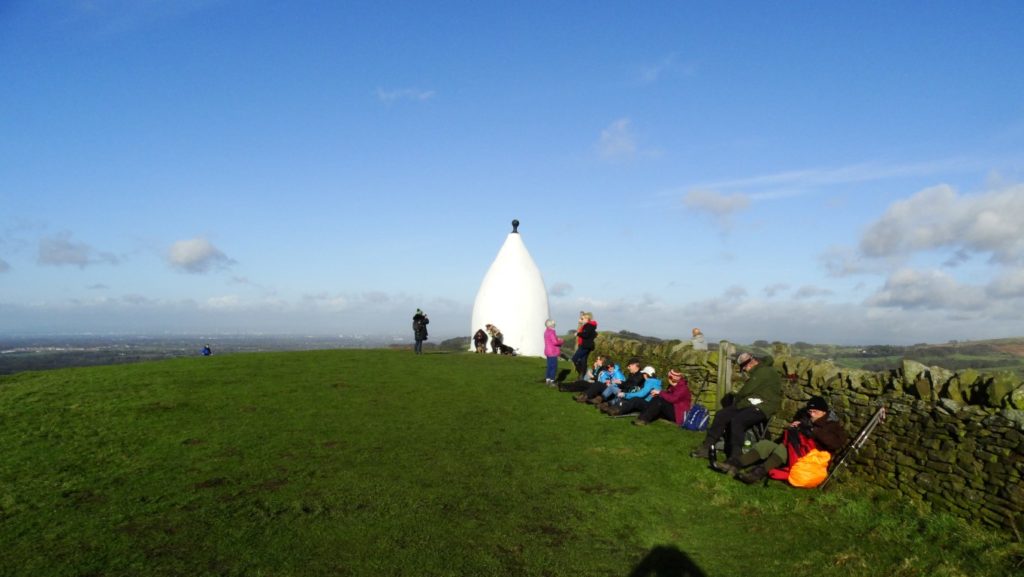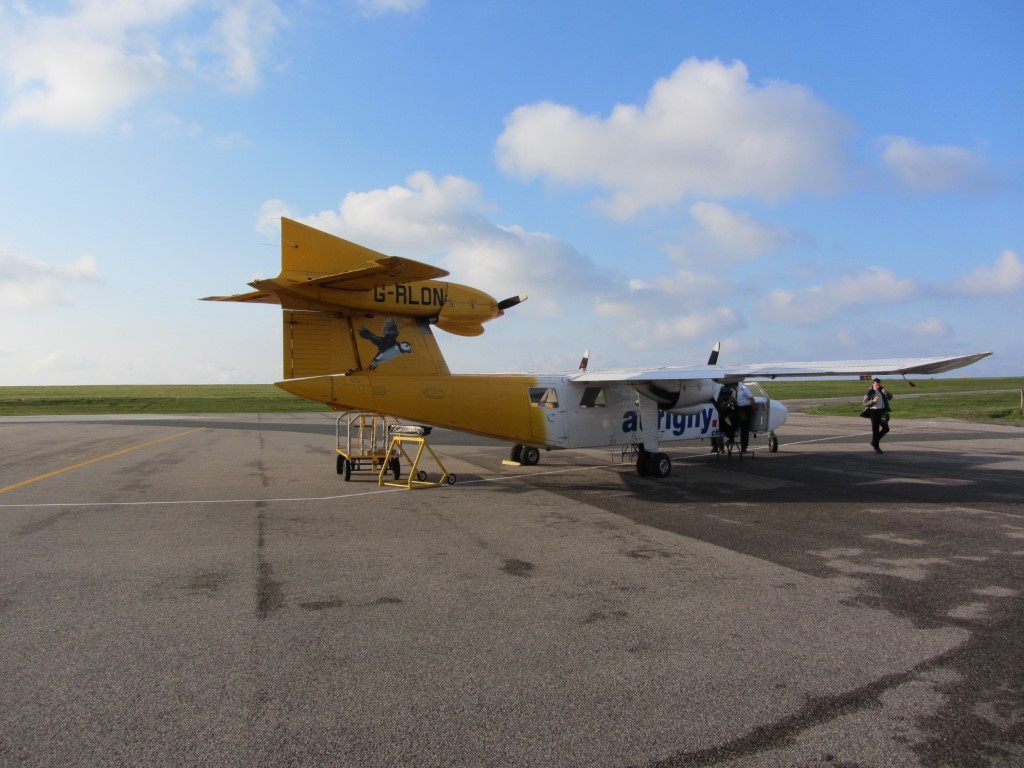
Our flight to Alderney was on this Trislander Plane.
For this second of three walks where I have taken a flight to the start of a walk I am headed south. Rather than setting out with little planning, this flight and walk was pre-planned some time in advance. Taking a week long holiday with my son in Guernsey, we planned to visit the neighbouring island of Alderney but being a bit out of the main tourist season there was no ferry service. The only way we were going to get there was to fly and to make the most of the day we planned to get the first flight out from Guernsey and the last back.
This was going to be an action packed day which would rely heavily on public transport running to time and good weather. Our guest house kindly supplied an early light breakfast left at our room on the previous night and so it was up early to catch the first bus from a deserted St Peter Port to the airport at 06.30am. The flight was on time, if a little early and in no time our small group of six passengers were whisked across the ten miles of sea in our little Trislander plane to arrive slightly early on Alderney.

Early morning on the High Street, Alderney.
We were walking before 8am from the airport down to the sleepy village of St Anne. First of all we had to fine a shop selling drinks for the day and were surprised to find a well stocked small supermarket. We wandered down through the largely empty cobbled streets towards the harbour where a vessel was being unloaded. The harbour area as such was an untidy place and we had time to venture out to the breakwater but not along it. Occasional waves were sending spray over the breakwater so it wasn’t a good idea to get wet at the start of the day. I spotted a trig point on Fort Grosnez which towers above the harbour but there was no access to it.
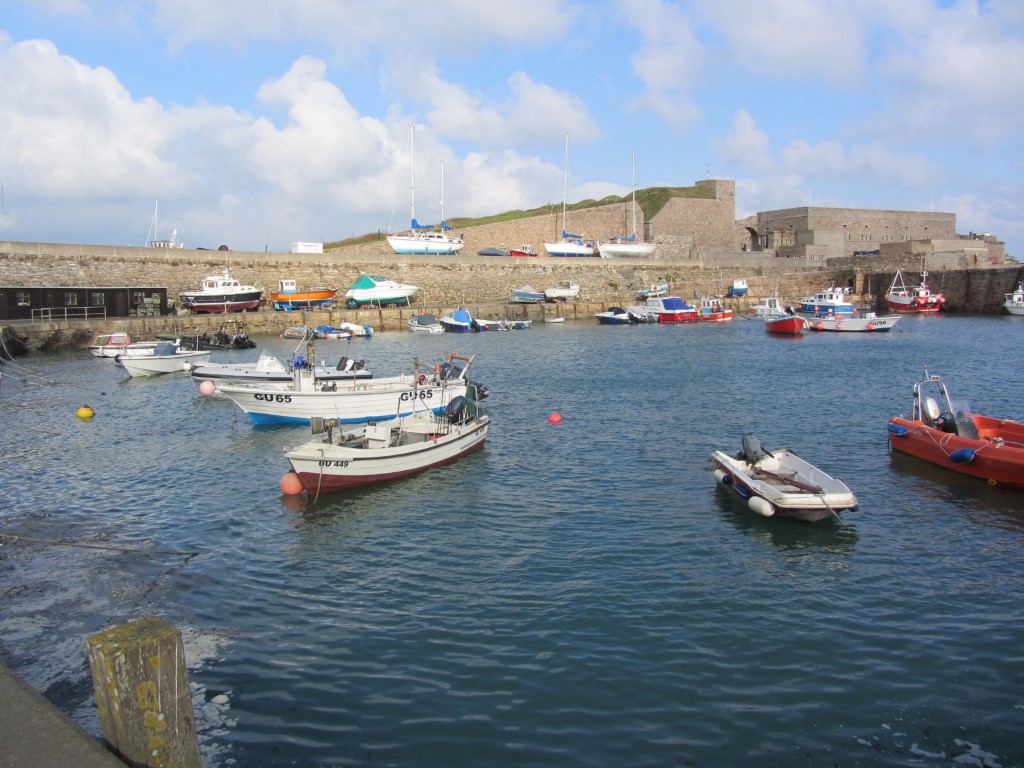
Alderney – The Inner Harbour with Fort Grosnez. The trig point on top of the fort looks inaccessible.
We set out anti-clockwise along the coast to Fort Doyle, the first of many forts we would pass today on this fifteen mile long walk then along the sands of Saline Bay where you were warned of a strong tidal undertow. German fortifications were everywhere much to the delight of my son who had a big grin on his face all day. Below Fort Tourgis, my son took the shore road whilst I walked uphill to visit Druid’s Altar Burial Chamber passing on the way the extensive shell of Fort Tourgis. I then took a track down to the shore to meet up with my son again. It had now clouded up for awhile as we wandered along towards the tidal causeway to Fort Clonque. This rocky outpost is now a holiday let and is only accessible at low tide. For now, waves were crashing across the causeway and hence no access. An engineered zigzagged path now led uphill but we missed our intended path to stay with the coast and ended up on the plateau area. The area around Giffoine was honeycombed with German defences but much of the area was covered in gorse.

Fort Clonque lies on a island and is connected to Alderney by a tidal casueway. In the far distance (middle left) can be seen The Casquets Lighthouse.

The rocky islets of Les Etacs at the western end of Alderney is a gannet colony.
Back down on the coast we came across large German gun encampments with bunkers, one of which must have taken a direct war time strike. It was overwhelming how much this area was defended during the war. Offshore were the impressive sea stacks of Les Etacs, a gannet colony. We had to walk inland to avoid Vallee des Trois Vaux before returning to the impressive coast above Telegraph Bay. In bright sunshine we headed east before we were forced inland. A track ran to the south of the airport above the coast but there were few spots to access the coast due to gorse and brambles. We rested awhile on a seat before joining a path. We were now aiming towards Essex Castle and we had a couple of miles of pleasant coastal walking on a good path. The centre of the island was dominated by large pasture fields. Apparently the Germans had ripped out the old small field boundaries. My son often went off to view fortifications whilst I took my time on the path. The only downside in this area was the islands’ rubbish dump, situated in full view of an otherwise attractive section of coast. A little further on at Essex Hill we came across a trig point before joining a road down on the seaward side of Essex Castle. At a sheltered spot above Longis Bay we stopped for lunch out of the cool breeze.

This is typical scenery along the southern coast of Alderney. This photograph is at Les Quatte Vents.

On the path approaching Longis Bay on the south eastern end of the island.

The German ani-tank wall which backs sandy Longis Bay. A nice little suntrap today.

The German Fire Direction Fort – one of several concrete structures on the island.
Setting off we continued along the deserted sandy beach below the German anti-tank wall. Beyond, we joined the road briefly before making a diversion to view the large German structure above Mannez Quarry. Despite it being locked, my son managed to get in through a slit so meanwhile I took a rest for awhile to admire the view. It was then back down to the road before crossing some rough ground and heading down to the shore path. At this point we were the closest people to the French coast and still on British soil. Fort Houmet Herbe on a rocky island offshore was in a ruinous state and in any case by now we were keeping an eye on the time and so didn’t venture out there. Next came Fort Quesnard which was in private hands and Fort les Homeaux Florains beyond, which looked inaccessible on a rocky islet. One place I wanted to look at was the Mannez Lighthouse, standing proud near on the headland with its black and white strips. We headed on around Corblets Bay passing Chateau a L’Etac and down onto the deserted sandy beach at Saye Bay. Bibette Head had more than its fair share of German defences. My son explored these whilst I made my way slowly up to Fort Albert, another prominent fort. By now we wanted to visit the island museum before it closed as so exploring further forts was out of the question. At White Gates we came across the Alderney Railway and after a briefly look, we headed towards Braye Bay before cutting up into St Anne. We found the main shopping street before heading off to visit the island museum. Being out of season we were only the second visitors of the day. After around three quarters of an hour and a brief chat with the curator we spent the rest of the late afternoon exploring St Anne. A detour was made to view the German Water Tower before wandering down to St Anne’s Church, often described as the Cathedral of the Channel Islands. For awhile we sat in the churchyard in the cool spring afternoon sunshine with crows calling in the trees but no other noise. It seemed hard to believe that we had actually made this trip to one of the last places in the British Isles for me to visit. Allowing a bit of time, my son and I wandered back to the airport. There was little or no traffic about despite a large number of vehicles on the island. The flight on time for the short flight back to Guernsey and again we were rewarded by good views. High cloud was filtering in from the west. Back at Guernsey we were just in time to catch a bus back to St Peter Port before the walk back to the guest house. It was quite an achievement to have been on Alderney soil and now back in our guest house in Guernsey in just fifty three minutes!

Mannez Lighthouse which dominates the eastern end of the island.

The Alderney Railway which was built to quarry stone to build the breakwater.
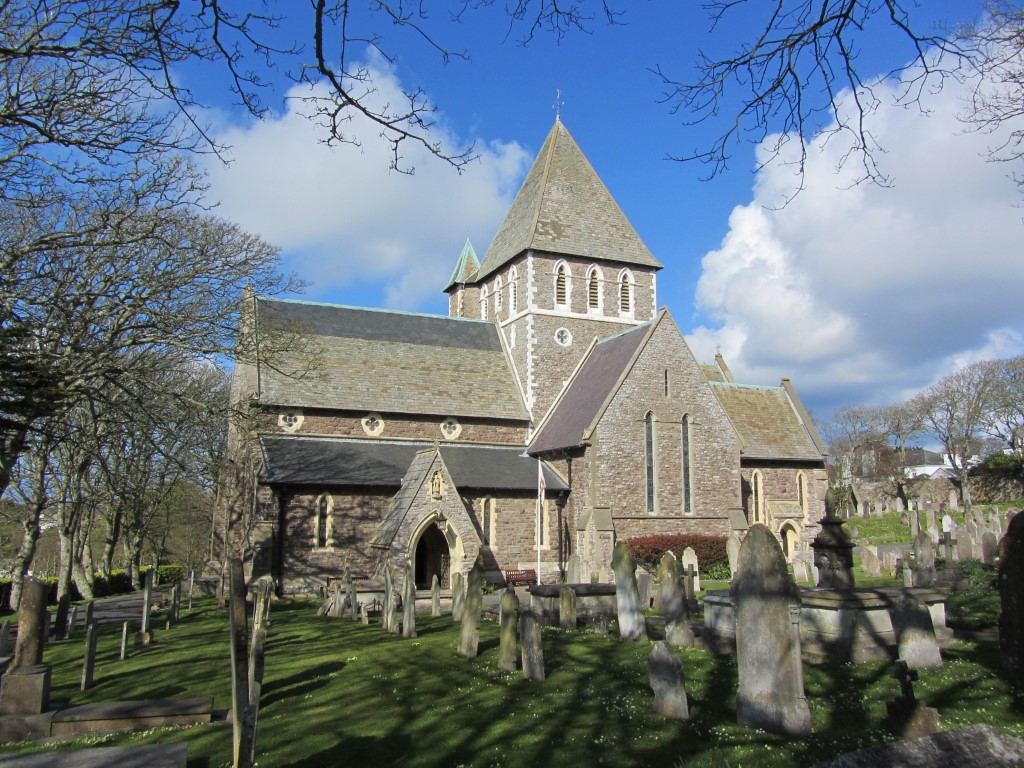
St Anne’s Parish Church has been described as the Cathedral of the Channel Islands.
So summing up, there is so much to say about this island, but we both decided that one day was not enough to explore the island in depth. For those of us interested in military history, World War 2 and forts, it is a paradise. For me, I was fascinated in this fiercely independent island with few connections with the outside world. I think an ‘Island Kingdom’ sums it up and despite the high price to get there and back, the day was certainly worth it. Furthermore, we had been lucky to get there as the following day the flights had been grounded due to rough weather.



